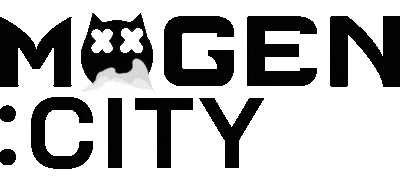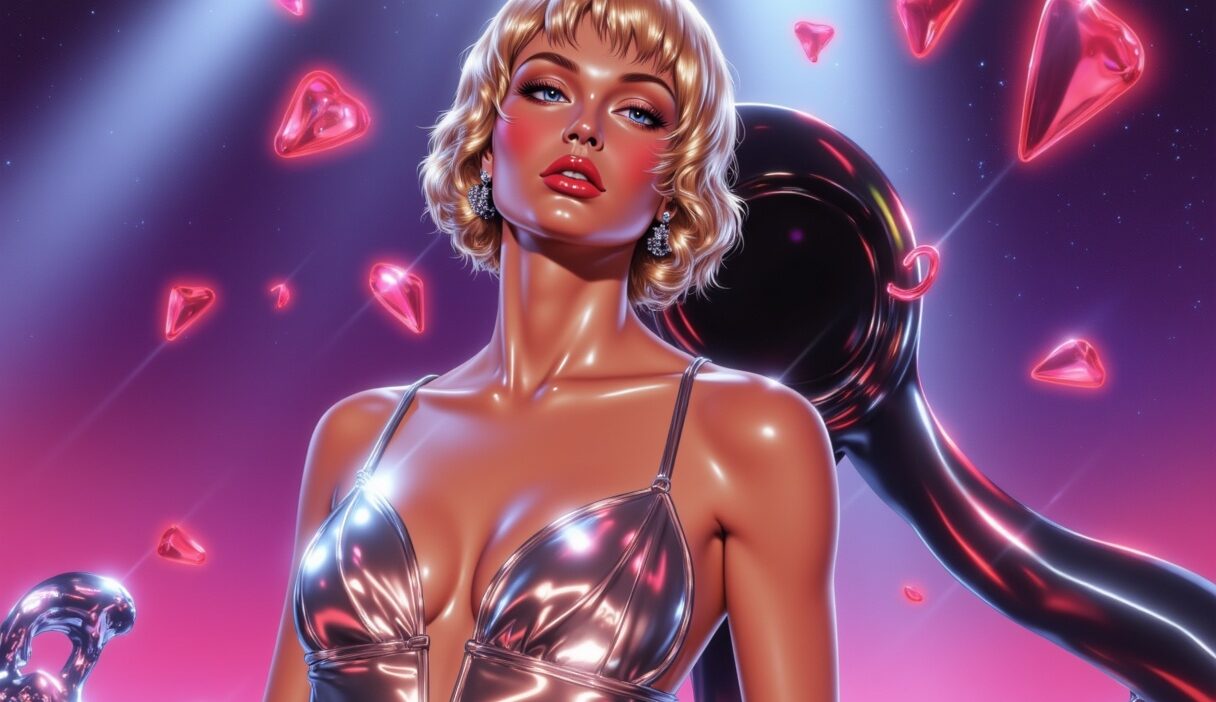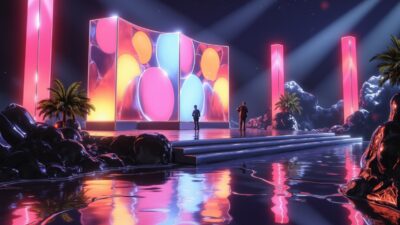Introduction: The Dawn of a New Artistic Era
From cave paintings to the Renaissance, to digital photography and now AI-generated imagery, every generation has seen its own artistic revolution. But nothing has shaken up the art world quite like Generative AI — and no generation is wielding this technology with more rebellious creativity than Gen Z. Armed with tools like Midjourney, DALL•E, and RunwayML, these young creators are not just producing art; they’re redefining what it means to be an artist in the 21st century.
For Gen Z, who grew up in the shadow of social media and algorithmic feeds, collaborating with machines feels less like a science fiction trope and more like a natural extension of their lived experience. This article dives deep into the world of AI-generated art and the Gen Z minds behind it, examining how this generation is using technology to tear down the old guard of the art world while building new decentralized platforms and aesthetic philosophies.
1. What is Generative AI Art?
Generative AI refers to artificial intelligence systems capable of generating new content — be it text, images, audio, or video — based on training data. In the art world, this manifests as algorithms that can “learn” from millions of images and create entirely new compositions. Tools like:
- Midjourney: Text-to-image AI model known for its surreal, moody aesthetics.
- DALL•E by OpenAI: Generates hyper-realistic or stylized images from textual descriptions.
- RunwayML: Offers no-code generative tools for video and image editing.
These platforms allow artists to blend human creativity with machine learning, often producing results that are uncanny, provocative, and deeply original.
2. Why Gen Z is All In
Gen Z is the first true “digital native” generation. They’re not just comfortable with tech — they see it as an extension of their creative identity. Here’s why Gen Z is leading the AI art movement:
- Accessibility: You no longer need a fine arts degree to make jaw-dropping visuals. A laptop and some prompts are enough.
- Speed: Traditional art can take days or weeks. AI can churn out iterations in minutes, enabling rapid experimentation.
- Rebellion: Many Gen Z creators are skeptical of art institutions. AI offers a way to bypass the gallery system.
- Meme Culture and Virality: Gen Z’s humor is internet-native. AI-generated surreal memes and remixes thrive on platforms like Reddit and Twitter.
3. Top Gen Z AI Artists to Watch
Several young artists have already made a name for themselves using generative tools:
- Sasha Stiles (@sashastiles): Poet and AI collaborator who blends verse with visual generative outputs.
- Claire Silver (@ClaireSilver12): A pseudonymous artist known for AI-collaborative work exploring beauty and trauma.
- Refik Anadol: Though slightly older, his data sculptures and AI-based installations are widely admired by Gen Z creatives.
- Robbie Barrat: Former high schooler turned AI art pioneer, who trained GANs to recreate classical paintings with abstract distortions.
These artists are often more concerned with process than perfection, using AI as a way to test the boundaries of visual expression.
4. The Debate: Is AI-Generated Art Really Art?
Predictably, the old guard isn’t thrilled. Many art critics and traditionalists argue that AI art lacks emotion, intention, or a human touch.
But Gen Z doesn’t care.
To them, intention is collaboration. If a prompt can yield something unique, reflective, and emotionally resonant, does it matter if it came from a brush or a bot? The debate mirrors past moments in art history — like the arrival of photography, which was once dismissed as “not real art” by painters.
Key points in the debate:
- Does the artist control the output or merely curate it?
- Can machine-made work have meaning without human input?
- What happens to authorship when the algorithm “creates”?
5. AI, Copyright, and Creative Ownership
The legal landscape around AI art is a mess. Most AI tools are trained on massive datasets scraped from the internet, often without consent. That raises sticky questions:
- Is AI art original or derivative?
- Who owns the rights — the artist, the coder, or the AI model?
New platforms are emerging to address this:
- Spawning.ai allows artists to opt out of AI training datasets.
- Zora and Foundation are Web3 platforms where AI art can be minted as NFTs, establishing provenance.
Gen Z artists are at the forefront of navigating these legal gray zones, often advocating for transparency, fair credit, and collective ownership models.
6. The Aesthetic of the Algorithm
AI art has its own visual language — often dreamlike, warped, and otherworldly. Gen Z is leaning into this aesthetic, not shying away from the “glitches.”
Popular AI art themes include:
- Surrealism and cyberpunk
- Post-apocalyptic nature
- Glitched fashion portraits
- Retro-futurism
Many Gen Z creators are even crafting unique prompt engineering styles, where the magic lies in the exact combination of words, symbols, and code-like instructions used to summon an image. Some artists guard their prompts like trade secrets.
7. Building New Communities and Platforms
Instead of waiting for institutional validation, Gen Z artists are creating their own spaces:
- Discords dedicated to prompt-sharing and AI art critique.
- Decentralized galleries like Feral File and OBJKT.
- Collaborations with coders and DAOs to fund new AI art tools.
Community is everything. These artists trade tips, feedback, and even co-create across continents. For Gen Z, art isn’t solitary — it’s a conversation.
8. Criticisms and Ethical Concerns
Even among Gen Z, not everyone is on board with AI art. Concerns include:
- Bias in datasets: AI can reproduce stereotypes baked into training data.
- Job displacement: Will AI replace human illustrators, designers, or concept artists?
- Environmental impact: Training large AI models requires massive energy.
Some young artists are pushing for ethical AI art practices, such as using locally trained models, minimizing compute use, and diversifying training datasets.
9. What’s Next? The Future of AI and Art
As tools evolve, we may see:
- Real-time AI collabs via AR glasses.
- Emotionally intelligent AI that reacts to viewer feedback.
- Hybrid performances where AI visuals respond to live music.
- Fully decentralized art marketplaces governed by DAOs.
Gen Z is not just adapting to these changes — they’re driving them. As technology becomes more fluid and expressive, the line between human and machine creativity will blur even further.
Conclusion: Art, Rewritten by the Algorithm and Gen Z
To some, AI art is a gimmick. To Gen Z, it’s a language.
In their hands, generative tools become paintbrushes, and prompts are poetry. Rather than diminishing the role of the artist, AI opens new dimensions of self-expression, collaboration, and meaning-making.
The AI Art Revolution isn’t coming. It’s already here. And Gen Z is leading the charge, with chaotic creativity, algorithmic intuition, and zero interest in gatekeeper approval.
Welcome to the new avant-garde.
AI Art Revolution: How Gen Z Artists Are Disrupting the Art World with Generative AI
The content, AI Art Revolution: How Gen Z Artists Are Disrupting the Art World with Generative AI, published on Mugen:City is for informational and entertainment purposes only.
We do not offer financial advice, investment recommendations, or trading strategies.
Cryptocurrencies, NFTs, and related assets are highly volatile and risky — always DYOR (do your own research) and consult with a professional advisor before making any financial decisions.
Mugen:City, its writers, and affiliates are not responsible for any losses, damages, or financial consequences resulting from your actions.
You are fully responsible for your own moves in the degen world. Stay sharp, stay rebellious.





